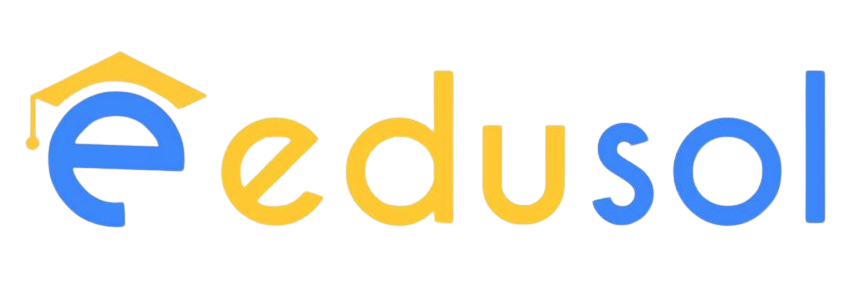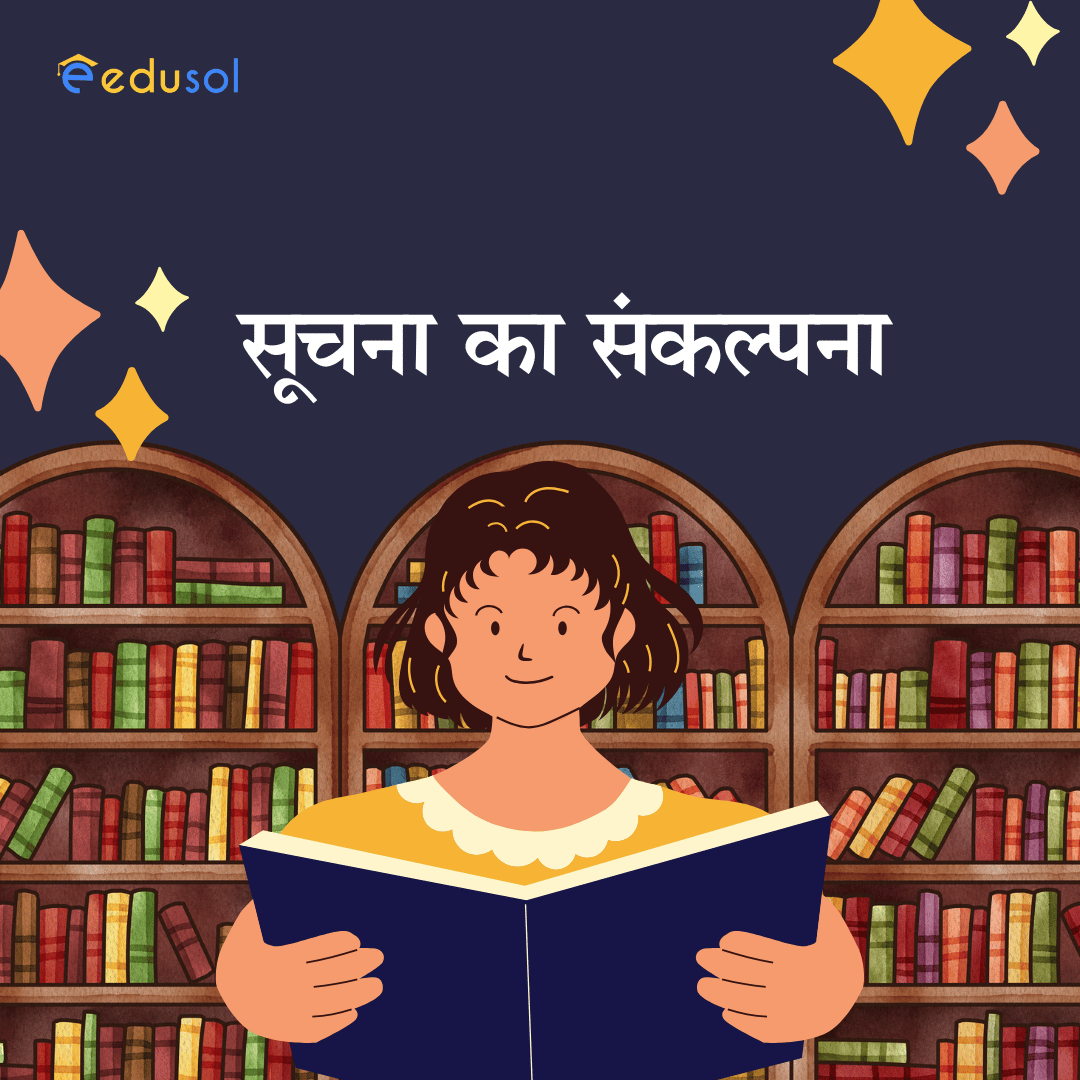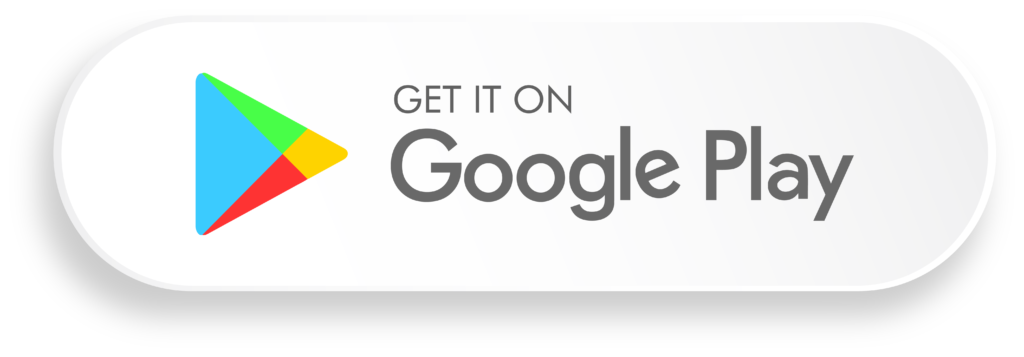सूचना का संकल्पना (Concept of Information)
“सूचना” केवल डेटा का संग्रह नहीं है, बल्कि यह एक ऐसी प्रक्रिया और अवधारणा है जो मानव जीवन के हर पहलू को प्रभावित करती है। पुस्तकालय और सूचना विज्ञान में, सूचना को एक गतिशील और संदर्भ-आधारित तत्व के रूप में देखा जाता है जो उपयोगकर्ता की आवश्यकता, संदर्भ, और उद्देश्य के आधार पर मूल्यवान बनती है। सूचना का संकल्पना डेटा, सूचना, ज्ञान और बुद्धिमत्ता (Wisdom) के बीच एक क्रमिक विकास को दर्शाता है, जिसे DIKW पिरामिड (Data-Information-Knowledge-Wisdom Pyramid) के रूप में जाना जाता है।
- डेटा (Data): असंगठित, कच्चे तथ्य या प्रतीक जो अपने आप में कोई अर्थ नहीं रखते। उदाहरण: “500 पेज, 2023″।
- सूचना (Information): डेटा को संदर्भ, संरचना और व्याख्या के साथ प्रस्तुत करना ताकि वह समझ में आए। उदाहरण: “2023 में प्रकाशित एक पुस्तक में 500 पेज हैं।”
- ज्ञान (Knowledge): सूचना का विश्लेषण, अनुभव और समझ के आधार पर उपयोग। उदाहरण: “500 पेज की यह पुस्तक 2023 में प्रकाशित हुई और यह एक शोधकर्ता के लिए उपयोगी हो सकती है।”
- बुद्धिमत्ता (Wisdom): ज्ञान का दीर्घकालिक उपयोग और नैतिक निर्णय लेने की क्षमता। उदाहरण: “इस पुस्तक का उपयोग करके शोधकर्ता समाज के लिए बेहतर नीतियाँ बना सकते हैं।”
विस्तृत उदाहरण (Detailed Example):
एक पुस्तकालय में एक छात्र पूछता है, “मुझे जलवायु परिवर्तन पर नवीनतम जानकारी चाहिए।”
- डेटा: 2024 में CO2 उत्सर्जन 40 बिलियन टन, तापमान में 1.5°C की वृद्धि।
- सूचना: पुस्तकालयाध्यक्ष नवीनतम रिपोर्ट से बताता है कि “2024 में CO2 उत्सर्जन 40 बिलियन टन था, जिसके कारण वैश्विक तापमान 1.5°C बढ़ा।”
- ज्ञान: छात्र समझता है कि यह डेटा जलवायु परिवर्तन की गंभीरता को दर्शाता है और उसे अपने शोध में शामिल करना चाहिए।
- बुद्धिमत्ता: छात्र यह निर्णय लेता है कि जलवायु परिवर्तन से निपटने के लिए नीतियों में बदलाव की आवश्यकता है।
पुस्तकालयाध्यक्ष का कार्य केवल सूचना प्रदान करना नहीं है, बल्कि यह सुनिश्चित करना है कि सूचना सटीक, प्रासंगिक, और उपयोगकर्ता के संदर्भ में उपयुक्त हो। इसके लिए सूचना स्रोतों (प्राथमिक, द्वितीयक, तृतीयक), सूचना पुनर्प्राप्ति तकनीकों (OPAC, डेटाबेस), और उपयोगकर्ता शिक्षा की गहरी समझ आवश्यक है।
English Explanation
“Information” is not merely a collection of data but a dynamic concept and process that influences every aspect of human life. In library and information science, information is viewed as a contextual and purpose-driven entity that gains value based on the user’s needs, context, and objectives. The concept of information reflects a progressive evolution from data to information, knowledge, and wisdom, often represented by the DIKW Pyramid (Data-Information-Knowledge-Wisdom).
- Data: Unorganized, raw facts or symbols that lack meaning on their own. Example: “500 pages, 2023.”
- Information: Data presented with context, structure, and interpretation to make it meaningful. Example: “A book published in 2023 has 500 pages.”
- Knowledge: The analysis, experience, and understanding derived from information. Example: “This 500-page book published in 2023 could be useful for a researcher.”
- Wisdom: The long-term application of knowledge and the ability to make ethical decisions. Example: “Using this book, a researcher can develop better policies for society.”
Detailed Example:
A student in a library asks, “I need the latest information on climate change.”
- Data: CO2 emissions in 2024 were 40 billion tons, temperature rose by 1.5°C.
- Information: The librarian retrieves a recent report and states, “In 2024, CO2 emissions reached 40 billion tons, causing a global temperature rise of 1.5°C.”
- Knowledge: The student understands that this data highlights the severity of climate change and should be included in their research.
- Wisdom: The student decides that policy changes are needed to address climate change effectively.
A librarian’s role extends beyond providing information—it involves ensuring that the information is accurate, relevant, and tailored to the user’s context. This requires a deep understanding of information sources (primary, secondary, tertiary), retrieval techniques (OPAC, databases), and user education.
Theoretical Frameworks
- Shannon-Weaver Model: सूचना संचार का यह मॉडल बताता है कि सूचना एक प्रेषक से प्राप्तकर्ता तक संदेश के रूप में पहुँचती है, जिसमें शोर (noise) सूचना की गुणवत्ता को प्रभावित कर सकता है। पुस्तकालय में, गलत डेटाबेस या अप्रासंगिक स्रोत “शोर” का उदाहरण हो सकते हैं।
- Ranganathan’s Five Laws: डॉ. एस. आर. रंगनाथन के पाँच नियम (जैसे “हर पाठक को उसकी पुस्तक”) सूचना के संकल्पना को उपयोगकर्ता-केंद्रित बनाते हैं।
Relevance to Librarian Exam
For exams like KVS, DSSSB, or UGC NET, candidates must understand:
- Information Processing: How raw data is transformed into usable information.
- Information Retrieval: Techniques like Boolean operators, metadata, and indexing.
- User-Centric Services: Matching information to user needs using reference interviews and resource curation.
- Technological Integration: Role of ICT (e.g., digital libraries, databases) in information dissemination.
Bilingual MCQs (Advanced Level)
MCQ 1

Hindi: DIKW पिरामिड में “W” का अर्थ क्या है?
A) विज्ञान (Science)
B) बुद्धिमत्ता (Wisdom)
C) विश्वास (Belief)
D) विचार (Thought)
English: In the DIKW pyramid, what does “W” stand for?
A) Science
B) Wisdom
C) Belief
D) Thought
Answer: B) Wisdom
MCQ 2
Hindi: सूचना को अर्थपूर्ण बनाने के लिए क्या आवश्यक है?
A) डेटा का संग्रह
B) संदर्भ और व्याख्या
C) पुस्तकालय का आकार
D) इंटरनेट की गति
English: What is essential to make information meaningful?
A) Collection of data
B) Context and interpretation
C) Size of the library
D) Internet speed
Answer: B) Context and interpretation
MCQ 3
Hindi: शैनन-वीवर मॉडल में “शोर” (Noise) का क्या प्रभाव होता है?
A) सूचना की गुणवत्ता बढ़ाता है
B) सूचना संचार में बाधा डालता है
C) डेटा को संगठित करता है
D) ज्ञान को बढ़ाता है
English: In the Shannon-Weaver model, what is the effect of “noise”?
A) It enhances the quality of information
B) It disrupts the communication of information
C) It organizes data
D) It increases knowledge
Answer: B) It disrupts the communication of information
MCQ 4
Hindi: पुस्तकालय में सूचना पुनर्प्राप्ति के लिए कौन सा उपकरण सबसे महत्वपूर्ण है?
A) OPAC (Online Public Access Catalog)
B) टेलीविजन
C) समाचार पत्र
D) रेडियो
English: Which tool is most important for information retrieval in a library?
A) OPAC (Online Public Access Catalog)
B) Television
C) Newspaper
D) Radio
Answer: A) OPAC
MCQ 5
Hindi: रंगनाथन के पाँच नियमों में से कौन सा नियम सूचना के उपयोगकर्ता-केंद्रित पहलू को दर्शाता है?
A) पुस्तकालय एक बढ़ता हुआ जीव है
B) हर पाठक को उसकी पुस्तक
C) समय की बचत करें
D) पुस्तकों का संरक्षण करें
English: Which of Ranganathan’s Five Laws reflects the user-centric aspect of information?
A) A library is a growing organism
B) Every reader his/her book
C) Save the time of the reader
D) Protect the books
Answer: B) Every reader his/her book
Conclusion
“सूचना का संकल्पना” पुस्तकालय विज्ञान का आधार है और यह डेटा से बुद्धिमत्ता तक की यात्रा को समझने में मदद करता है। यह गहन विश्लेषण, उदाहरण, और MCQs उम्मीदवारों को लाइब्रेरियन परीक्षाओं में उत्कृष्टता प्राप्त करने के लिए तैयार करेंगे। यह सामग्री Edusol वेबसाइट पर एक व्यापक पोस्ट के रूप में उपयोग की जा सकती है, जो छात्रों को सैद्धांतिक और व्यावहारिक दोनों दृष्टिकोण प्रदान करती है।
उम्मीद करता हूँ सूचना का संकल्पना (Concept of Information) टॉपिक आपको अच्छे से समझ आया होगा |




